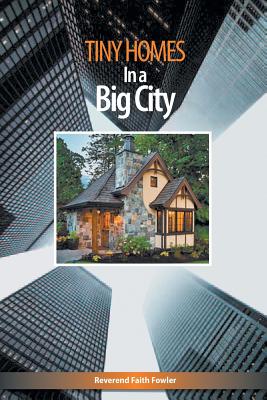
Tiny Homes In a Big City
Description
Tiny Homes In a Big City, by Reverend Faith Fowler is the story of Cass Community Social Services, a Detroit based nonprofit that is in the process of building a neighborhood of 25 different Tiny Homes in the northwest part of the city. The homes are being built to allow extremely low-income individuals a way to eventually own their own homes. This is the only rent-then-own tiny home development in the United States.
In Detroit, the qualifying residents will have a combination of experiences; formerly homeless people, senior citizens, young adults who have aged out of foster care and a few Cass Community Social Service staff members, all with annual incomes of between $8,000 and $14,000. Like its residents, each tiny home is architecturally unique, no two being built exactly the same.
Detroit's tiny home residents will initially rent the homes for $1.00 per square foot, per month. With the homes ranging from approximately 250-400 square feet each; no resident will pay more than a third of his/her income. After seven years of timely rent payments program participation, the individuals will own their homes and property which are expected to be valued between $40,000 and $50,000 each.
In Tiny Homes In a Big City, Reverend Fowler, Executive Director of Cass Community Social Services, responds to inquiries from other nonprofits and government officials who seek to replicate the Detroit program. She explains how the decision to build the Tiny Homes was made, provides a comparison with other organizations that have used tiny houses for people experiencing homelessness, explains the philosophy behind their plan and offers the logistics of building the homes - from the idea's infancy through occupation. The book also provides online feedback, positive, negative and questions that were received when a video about the project went viral in the fall of 2016.
